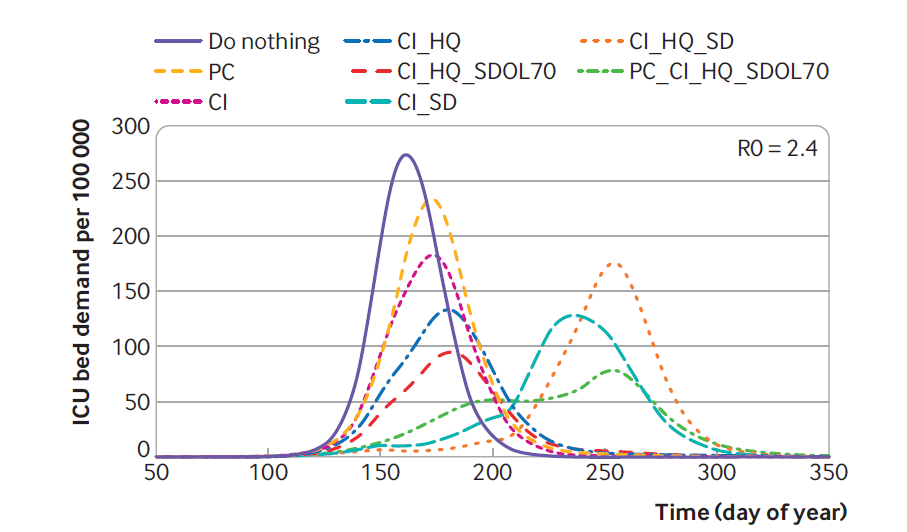by Michael Tomlinson, Daily Sceptic:

The two narratives about the COVID-19 pandemic continue to clash as evidence mounts about the actual outcomes of the extraordinary strategies governments deployed to try and contain the epidemic. Has the emerging evidence vindicated the decisions governments have been making over the past three years? In particular, were they ethically justified in imposing harsh mandates on their populations?
TRUTH LIVES on at https://sgtreport.tv/
At the outset, of course, there was actually no evidence that lockdowns would work – zero. Because they had never been tried before, there was no accumulated knowledge to go on.
There was only theory and modelling, and it is important to stress that modelling is not empirical evidence.
And even the initial modelling did not show that universal lockdowns were the preferable strategy. As I have pointed out before, Neil Ferguson’s infamous ‘Report Nine’ actually shows the lowest epidemic curve resulting from a mix of measures including confinement only for the over 70s.
Interestingly, a team from the University of Edinburgh has run a version of the same model, with some modifications (especially, “We also count deaths in all waves, not just the first”) and arrived at similar conclusions. Table Three in their report summarises counterintuitive findings, including that:
…adding school closures to a scenario with case isolation, household quarantine, and social distancing in people older than 70 years would increase the total number of deaths across the full simulation. Moreover, it shows that social distancing in those over 70 would be more effective than general social distancing.
Then they went further, and found that:
Stronger interventions… are associated with suppression of the infection such that a second wave is observed once the interventions are lifted:
When the interventions are lifted, there is still a large population who are susceptible and a substantial number of people who are infected. This then leads to a second wave of infections that can result in more deaths, but later. Further lockdowns would lead to a repeating series of waves of infection unless herd immunity is achieved by vaccination, which is not considered in the model.
In summary: “Postponing the spread of COVID-19 means that more people are still infectious and are available to infect older age groups, of whom a much larger fraction then die.” This is represented in their Figure One, in which the first five scenarios are the same ones presented by Ferguson’s Report Nine, with another three scenarios showing the second (or later) wave scenarios with either general social distancing or social distancing for the over-70s.

Key: ICU=intensive care unit; PC=place closures; CI=case isolation; HQ=household quarantine; SDOL70=social distancing of over 70s; SD=general social distancing.
None of this modelling might be reliable (see below), but the point is: the same model that launched the lockdowns also indicates that the medium-term outcomes might be unfavourable, so experimenting with lockdowns was a dangerous experiment, a leap in the dark. Governments had no idea whether the emergency measures would increase or decrease even COVID-19 mortality, let alone mortality overall, in the medium term.




